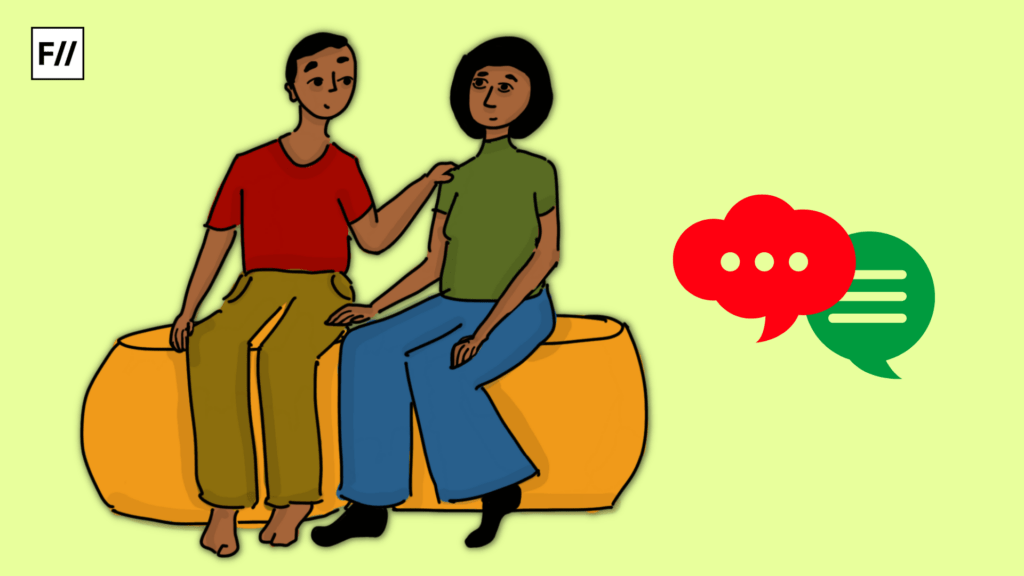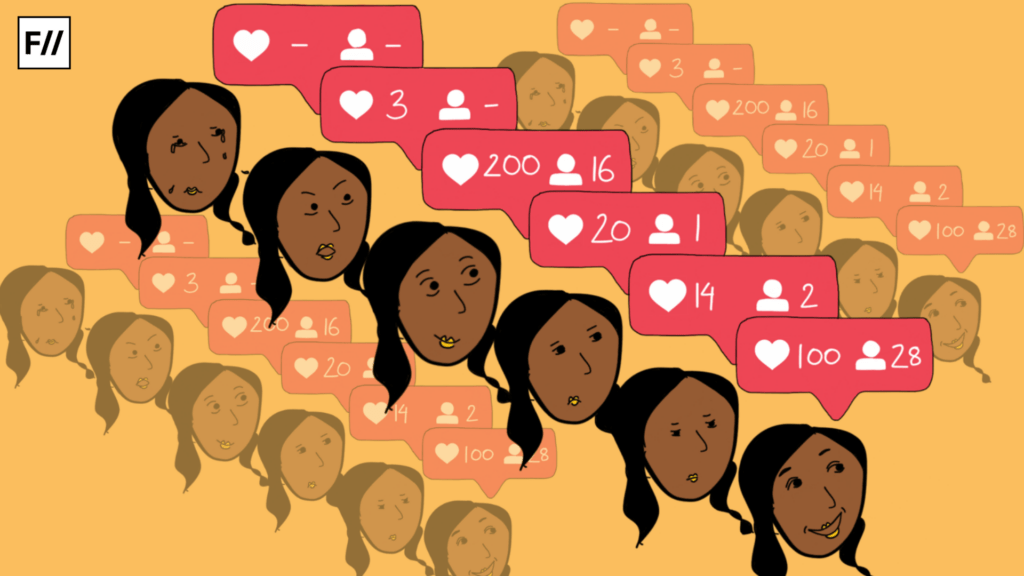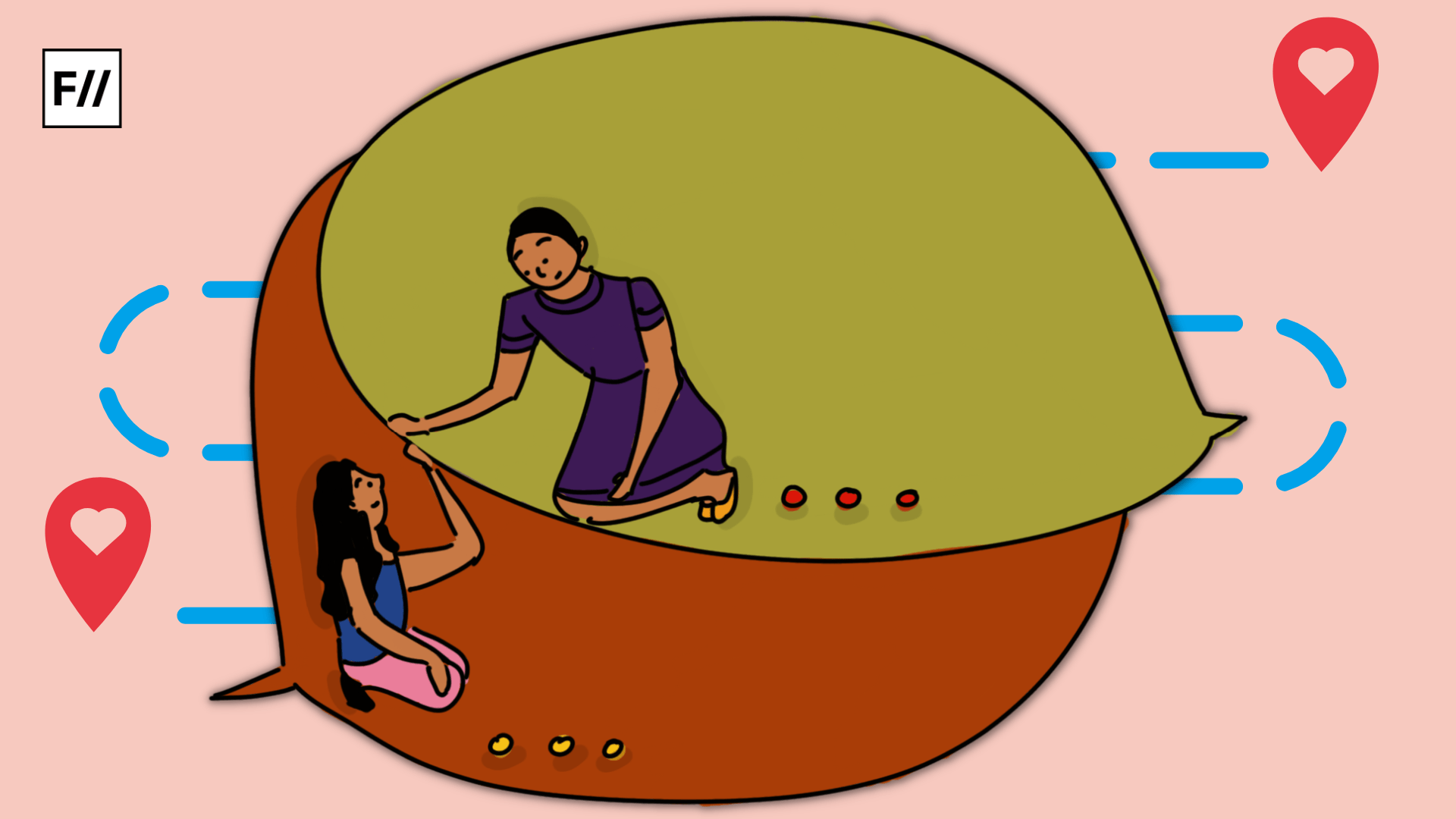Social media has always actively engaged in relationship analysis, love advice, and pop psychology, but few concepts have gained as much popularity as Dr. Gary Chapman’s theory of Love Languages. Although it’s been over 30 years since it was first published, the theory is still widely used in various social and therapeutic spaces.
This framework categorises love into five distinct languages: Words of Affirmation, Acts of Service, Receiving Gifts, Quality Time, and Physical Touch. These have become a guiding principle for relationship improvement, but when looked at more closely, they oversimplify the ways people give and receive love. More importantly, the basic nature of the languages can lead to a romanticisation of acts that are, more often than not, the bare minimum.
With the rise of short-form content and the decline of attention spans, love languages feel straightforward and highly shareable. The languages come with “quick fixes” (Your partner’s love language is words of affirmation? compliment them!)
This implies that as long as basic acts associated with your partner’s love language are met, nothing else is required to sustain the relationship. This neglects the nuance required for a truly fulfilling connection and often overlooks deeper relationship issues. It’s easier to take a quiz on love languages than to engage in open, sometimes challenging conversations about our emotional needs.
Major cultural shifts in love and dating
While social media may favour simplicity, Gen Z’s approach to dating appears more nuanced. A recent study by the dating app Hinge shows that Gen Z is more responsive to messages with “substance,” and is significantly more likely to pursue a friendship before getting into a relationship. These statistics suggest that younger generations aren’t looking for quick fixes – they want genuine connections based on mutual understanding. With 24/7 access to advice and self-help resources on social media, it’s more important than ever to educate young people on how to think more deeply about their relationships.

Cultural nuance plays a major role in deepening this understanding. Chapman’s identity as a White Cishet male inadvertently overlooks cultural nuances. The framework’s roots in conservative and Western heteronormativity limits its applicability in an evolving, diverse dating culture. The languages also lack robust empirical evidence to support their categorisation.
The original text by Dr. Chapman relies primarily on anecdotal evidence from his experiences as a counsellor. While his case studies can be helpful in understanding couple dynamics, the number of comprehensive, peer-reviewed studies validating the love language framework remains limited.
Two people from different backgrounds could have the same love language on the surface, but they may interpret those languages very differently. One partner may come from a family where communal activities are prioritised, for example. Their “quality time” idea may be experienced through family gatherings, religious ceremonies, or cultural events. The other partner may have the same love language, but interpret it as 1-1 time, or sharing an experience away from family obligations.
This disconnect can quickly become problematic. A partner who isn’t willing to compromise may use the one-dimensional nature of love languages to avoid accountability. For example: “Acts of service is not my love language, it’s yours – so if you do more work around the house, that’s you expressing your love language and it’s just not as important to me.”
Even when the intent is positive, there are times when giving (and receiving) these languages can feel forced, leading to an “emotional scorecard.” This refers to a subconscious score people keep of efforts made to express love.
For someone whose love language is words of affirmation, this could mean counting the number of times they receive a compliment, and feeling neglected or insecure if their mental “quota” isn’t met. While the intent may be to highlight the effort, relying on such a scorecard creates an unhealthy, transactional expectation for specific actions.
Love languages in counselling
In therapeutic spaces, for both individuals and couples, clinicians sometimes use love languages as a foundational tool. Many clients are learning healthy communication for the first time, and Chapman’s theory can be a starting point for people who aren’t sure how to express their basic needs. They cannot, however, act as a substitute for mutual understanding, and love certainly can’t be limited to one “language.”

Even if the general framework is to be trusted, a person’s primary love language is only one facet of their emotional needs. Both partners should be giving and receiving expressions of love through all five languages (as well as the many meaningful gestures that don’t fit into any category).
While this theory is mainly discussed in romantic contexts, it’s important to recognise their relevance (and limitations) in other relationships. Counsellors often use the language to teach clients about self-love. These gestures don’t have to involve others at all – they can be a preliminary exercise in prioritising individual well-being. This could mean acknowledging personal achievements, practising self-compassion, or indulging in small luxuries.
Recent findings
A recent study by Truity, an online platform that provides personality and career assessments, found evidence that two other love language categories weren’t addressed by Chapman’s original theory. In their extensive survey of over 500,000 individuals globally, the study unveiled an evolved perspective on love languages, and the platform developed its assessment as well.

The first new addition, “emotional love style,” reflects a desire for empathy and compassion from a partner. Individuals embracing this love style seek support during challenging times, emphasising the emotional aspect of connection. The second, “intellectual,” underscores the importance of sharing opinions, ideas, and having their contributions appreciated. It emphasises thoughtful communication, sharing advice, and exchanging meaningful feedback.
Although Truity surveyed a much more diverse population and is still the only platform that has attempted to update the love languages, their additions are still the basics. A friend or partner hearing your concerns in a tough time could be one way to demonstrate their love but should be part of ongoing, consistent interactions. Respecting opinions and providing empathy are normal, decent things to do in any relationship. As a general rule of thumb, if it’s something that applies to the way you would treat a stranger, there’s no need to categorise it as an expression of love.
Love languages in practice
A positive aspect of love languages is that they’re flexible, and can be redefined. Online communication has changed dating culture drastically, and love languages are changing with it. Social media posts are reimagining them to include personal, unique, and often culturally specific expressions, sharing posts with things like “my love language is cutting fruit” and “my love language is being fed while I wait for my mehendi to dry.”

By rethinking love languages as unique behaviours and creating more personal acts of love, couples (and individuals) can create forms of affection that are unique to them and hold more contextual relevance.
Effective communication, whether online or in person, must extend beyond the framework of love languages. When building a successful relationship, love languages can serve as a foundation, but true connection is built through daily conversations, shared values, and collaborative goals that go beyond these categories. No amount of love language quiz-taking can replace simple, active listening.
Existing studies on relationships still lack cultural nuance, and the most widely known theories are still based on research that doesn’t incorporate any participants of colour. Most of these also rely on observable behaviours which are difficult to generalise, especially when they ignore unspoken cultural norms.
Chapman’s love languages, therefore, should be treated as an invitation, not a rule book. They may act as a useful starting point for communicating needs and can be a great way to start a conversation. With this understanding, it is important to remember that going beyond the languages is not an extra step, it’s a crucial one.





